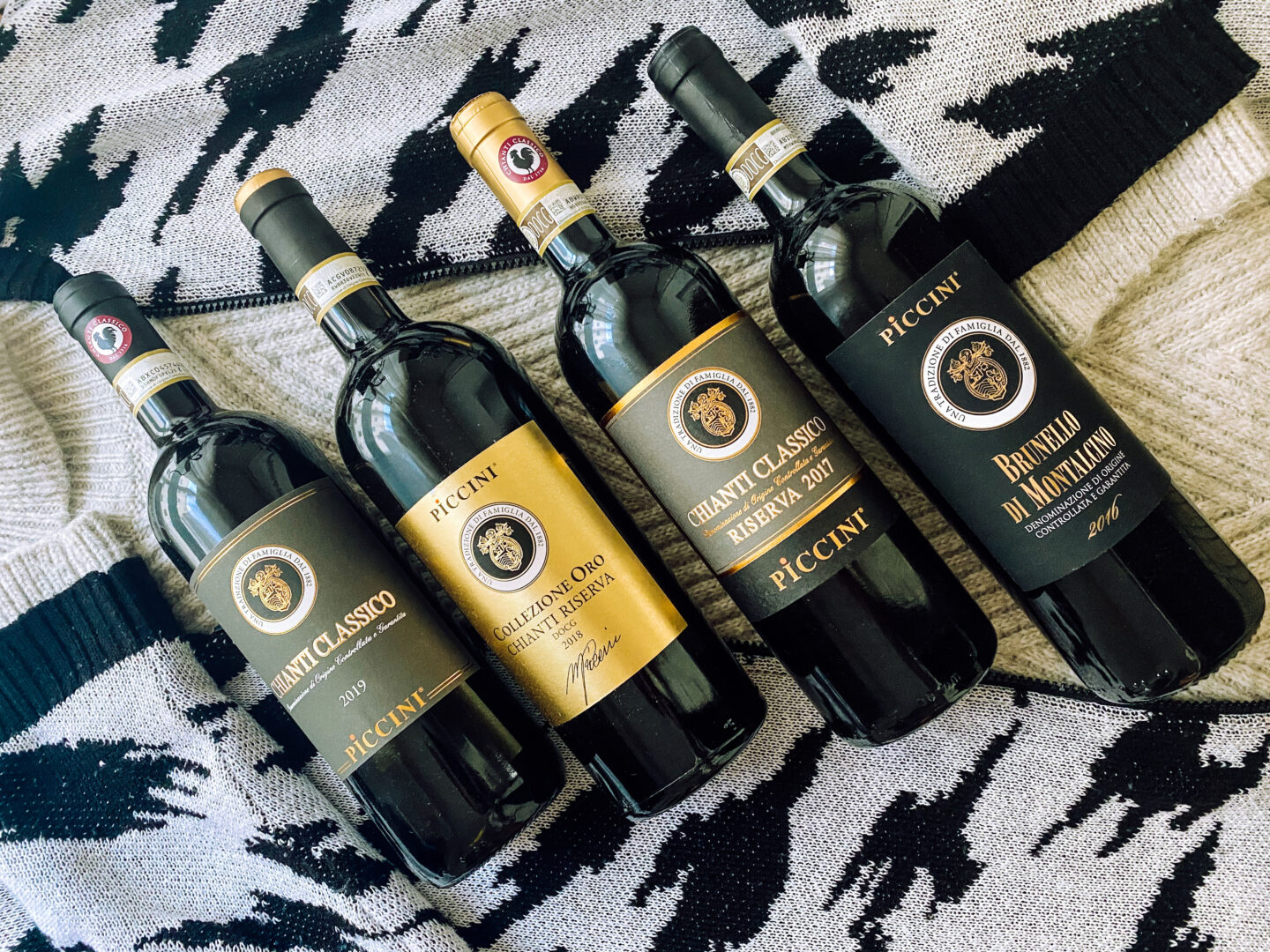
With wines you never stop learning, and especially as a curious beginner you should go with joy to learning in practice – I had for it again an exciting tutorial in Italian: Why the red wines from the winery Piccini are absolute (long-distance) relationship material, you read here. And also what fascinates the winemakers behind the great wines of the family business in their profession.

Travel is a beautiful thing. New impressions, new landscapes, new culture, new food – and for me: new wine. Wine connects everything and counts as a safe culture like culinary specialties. Now, of course, you can’t travel to the country you’re in the mood for with just a snap of your fingers, but you can in a glass, of course. That’s why I was happy to start a new wine adventure and this time to taste and get to know a piece of Italy. In the case of the wines of Picchini 1882, it is actually five places, but that will be explained more concretely here. It can be stated already now: The four red wines tested by me show in a charming, relaxed but classy way that the Picchini winery is also and especially suitable for beginners and the curious who want to approach the topic of Italian red wine (and of course also white wine and Rossato).

Picchini 1882 or: Wine-Tour d’Italia
The wine company Piccini 1882, owned by the Familie Piccini,
is based in the heart of Chianti Classico, but extends from there to Maremma and the volcanic slopes of Etna and the Vulture area. The philosophy: to dynamically and innovatively highlight the quality of the different wine-growing areas of Italy, giving them their own identity. In practice, this means that the wines should be authentic, respecting as well as transmitting the grape variety, the terroir and the typical characteristics of their areas of origin. I can spoil: You can feel this immediately, but in a very close, honest way. There no one wants to breed future valuables that stand forever in the vault, but fun makers who carry a little Italy into the world – to enjoy right away, of course.
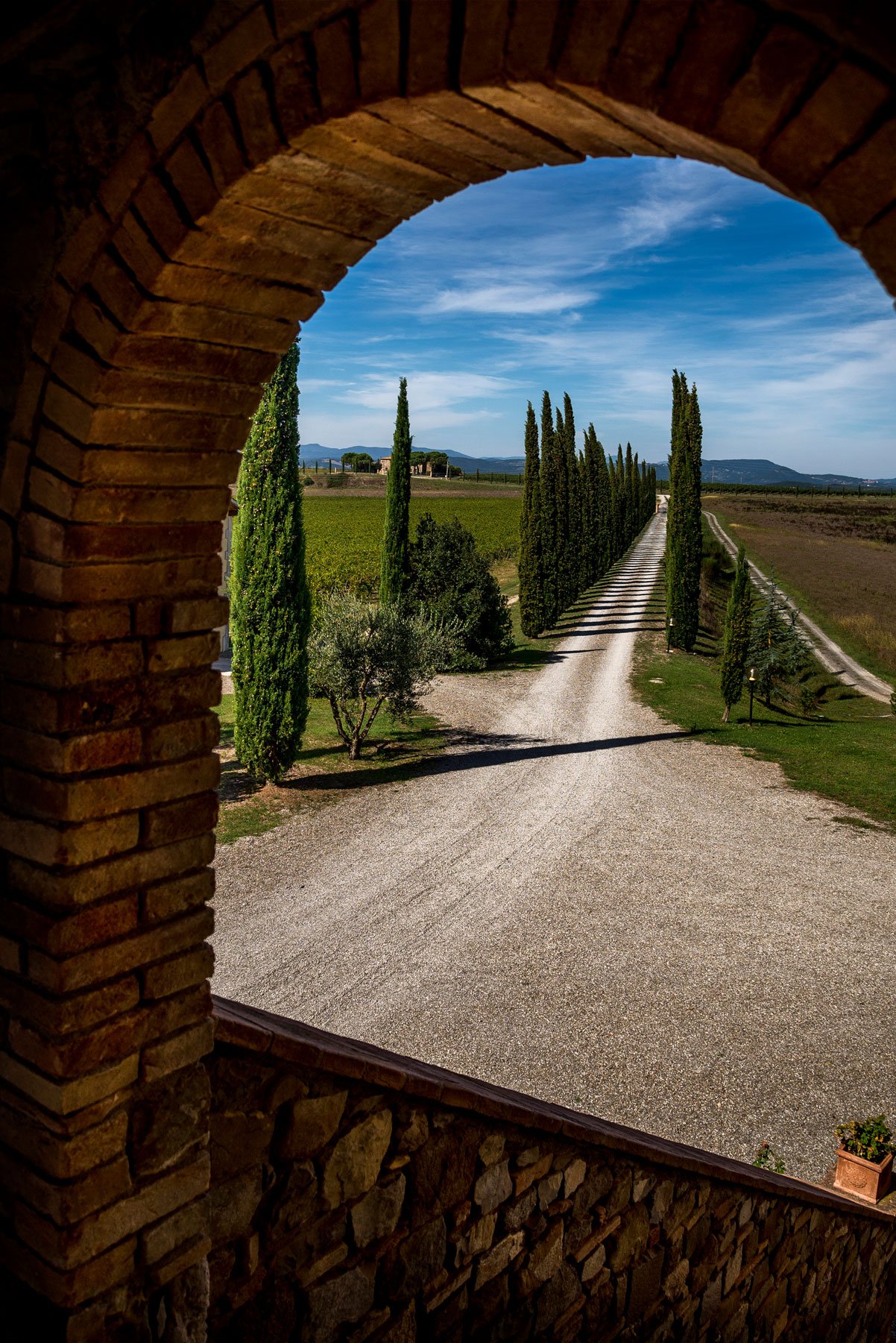
At Picchini, the route leads purposefully to authentic Italian wines.
These values are passed on from generation to generation, reveals Mario Piccini, managing director of the company. With a 130-year history, there was also a lot of activity in the family when it came to passing on the values. And also to focus on further development. As the philosopher Oliver Kahn once said: “He who stops becoming something, stops being something. But let’s return the ball to Team Piccini.
Picchini is not just one winery, but a journey through the different regions of Italy. This has been possible due to the geographical distribution of the 5 wineries that make up Picchini 1882, which together cover more than 200 hectares of vineyards. The wine tour starts at the Fattoria di Valiano winery in Chianti Classico, in the province of Siena, which belongs to the Castelnuovo Berardenga area. Then it continues to the winery Tenuta Moraia in the province of Grosseto on the Tuscan coast in Maremma. The trip to Tuscany is completed with Villa al Cortile complete, a reference point in Montalcino for the production of the famous Brunello. After Tuscany, we move on to Basilicata. There are the 15 hectares of vineyards of the Regio Cantina, where today one of the best Aglianico del Vulture is produced. And finally, there is a trip to Sicily to the slopes of Mount Etna, where the Torre Mora company is located. Its vineyards stretch between the municipalities of Castiglione di Sicilia and Linguaglossa.
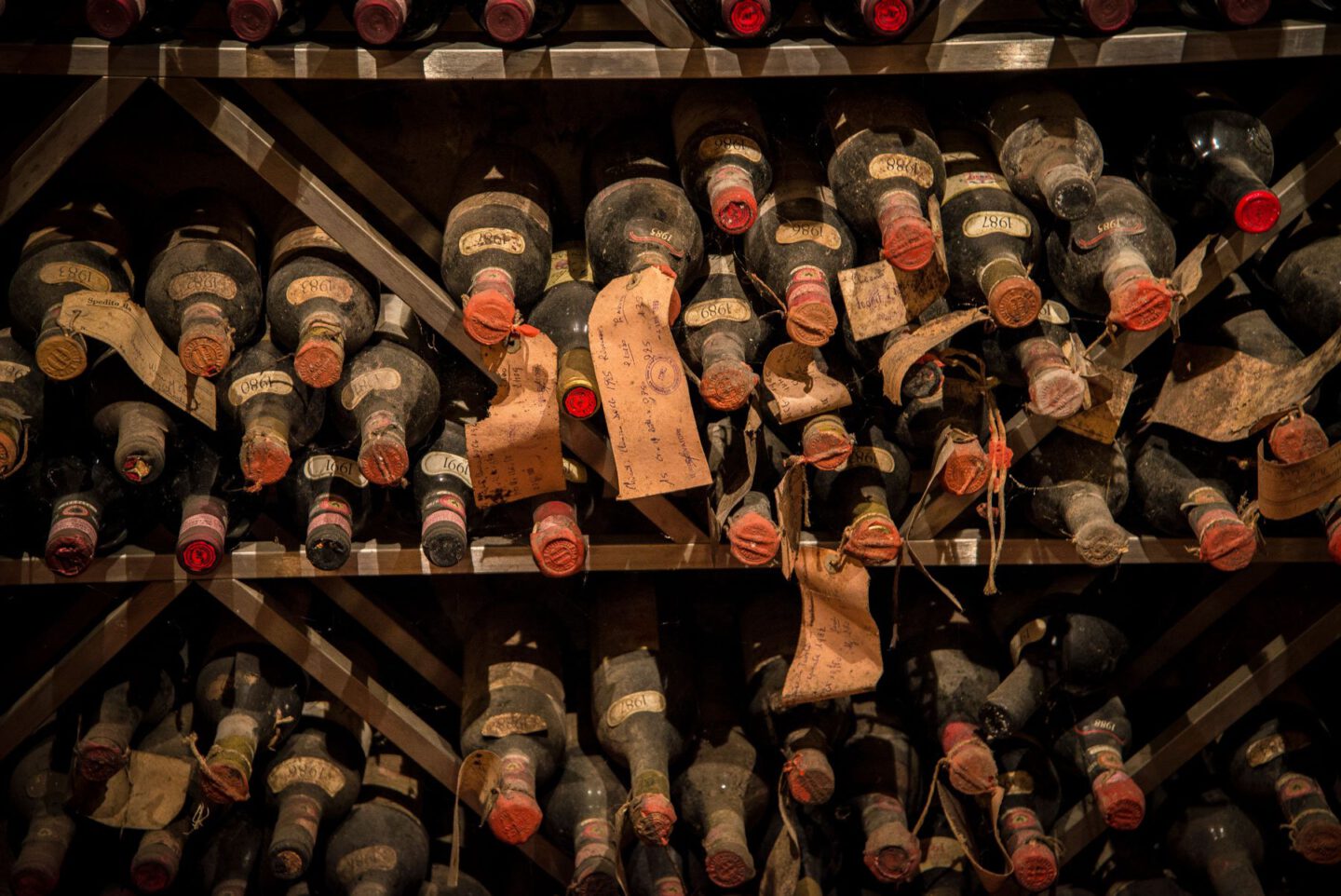
Of course, with 130 years of winemaking history, there are some treasures in the family treasure cellar.
Picchini 1882 or: It stays in the family, matter of honor!
I find it super exciting when, while tasting, I know where things come from and who – or, rather, how much – is behind them. Let’s take a short trip back in time. Angiolo Piccini was born in 1860, the only child of a merchant family from Poggibonsi, a small town between Florence and Siena. In 1882, he invests in 7 hectares of vineyards in Castellina in Chianti, establishing a small winery in Poggibonsi and starting a family tradition that continues to this day. Inspired by his father, son Angiolo Piccini takes on a leading role – then in the 60s his only son, Pierangelo, takes over the business, investing with vision in new vineyards and wineries: Fattoria di Valiano in Chianti Classico and Tenuta Moraia in Maremma, on the Tuscan coast. At the end of the 80’s his son Mario and his youngest daughter Martina support him in the business. Today the fifth generation is already working for the company, represented by Mario Piccini’s children. Benedetta, Ginevra and Michelangelo follow in their father’s footsteps and dedicate themselves to the activities of the wineries.
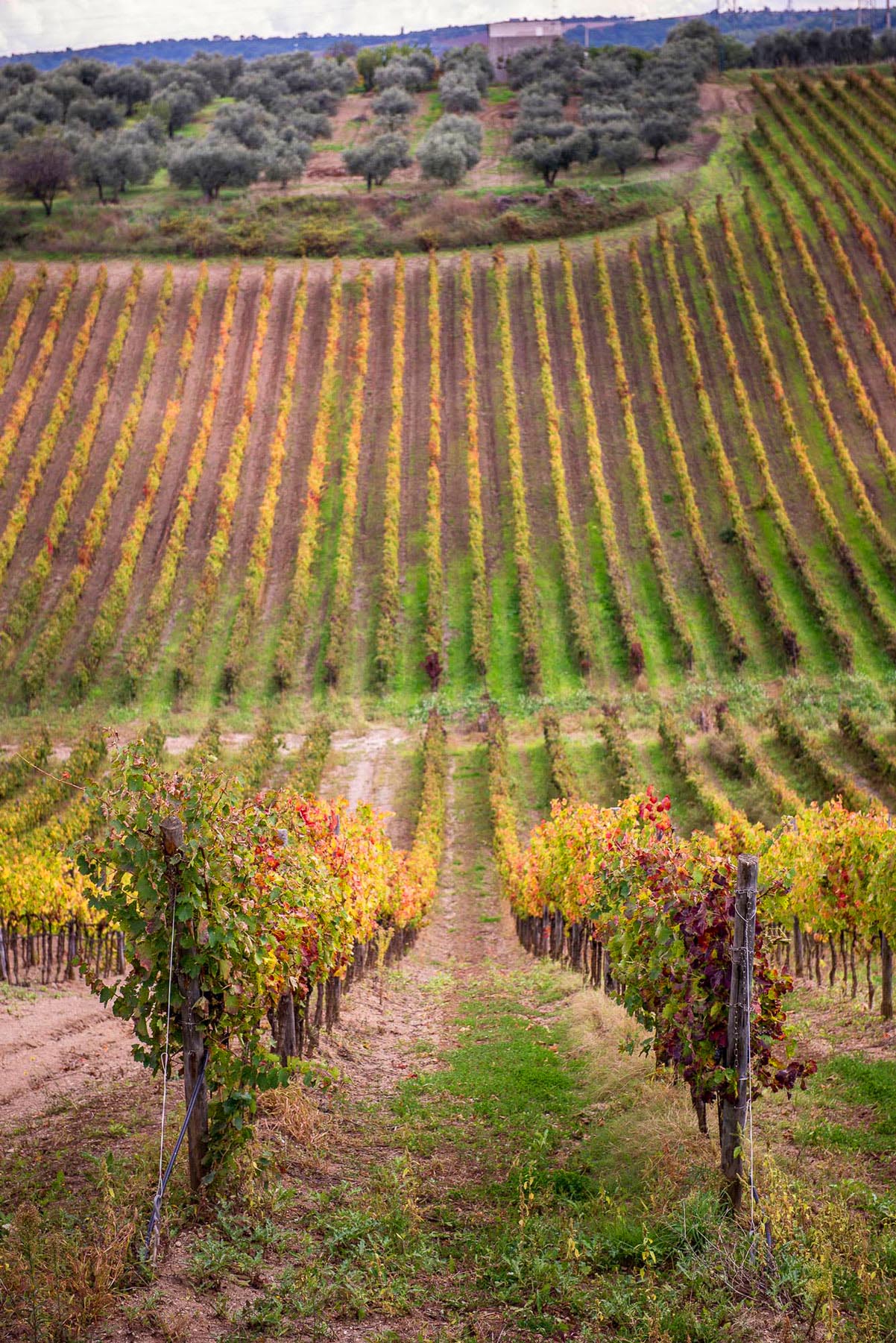
As with real estate, location wins with Piccini Vineyards.
So that the tradition and the very idea of how to make wine in the house of Piccini also manages the step into the modern age and the future, and I and you, that is, all of us, can continue to go on an Italian adventure journey, of course, contemporary steps are also necessary. Thus, with Riccardo Cotarella, who has been working for Picchini since 2018, and with the young oenologist Alessandro Barabesi, head of the wineries Agricoltori del Geografico, two transfers have been made to successfully set up the viticultural tactics. On each estate the oenological goal is different, but also the same: to produce quality wines with a clear identity.
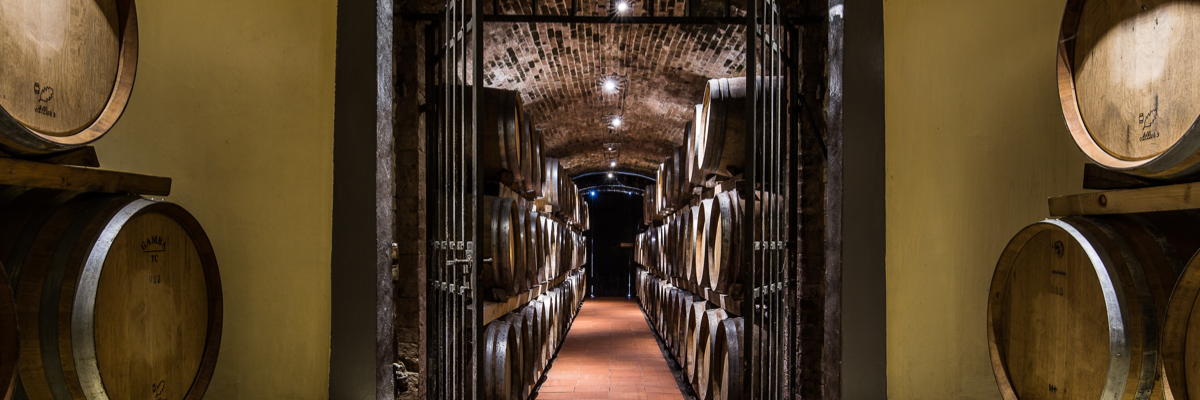

Weingut Piccini: Who, how, what, why and why?
I had the great pleasure that winemaker Mario Piccini personally took time to answer some questions of mine about the winery and the best way to enjoy the wines of the family estate.
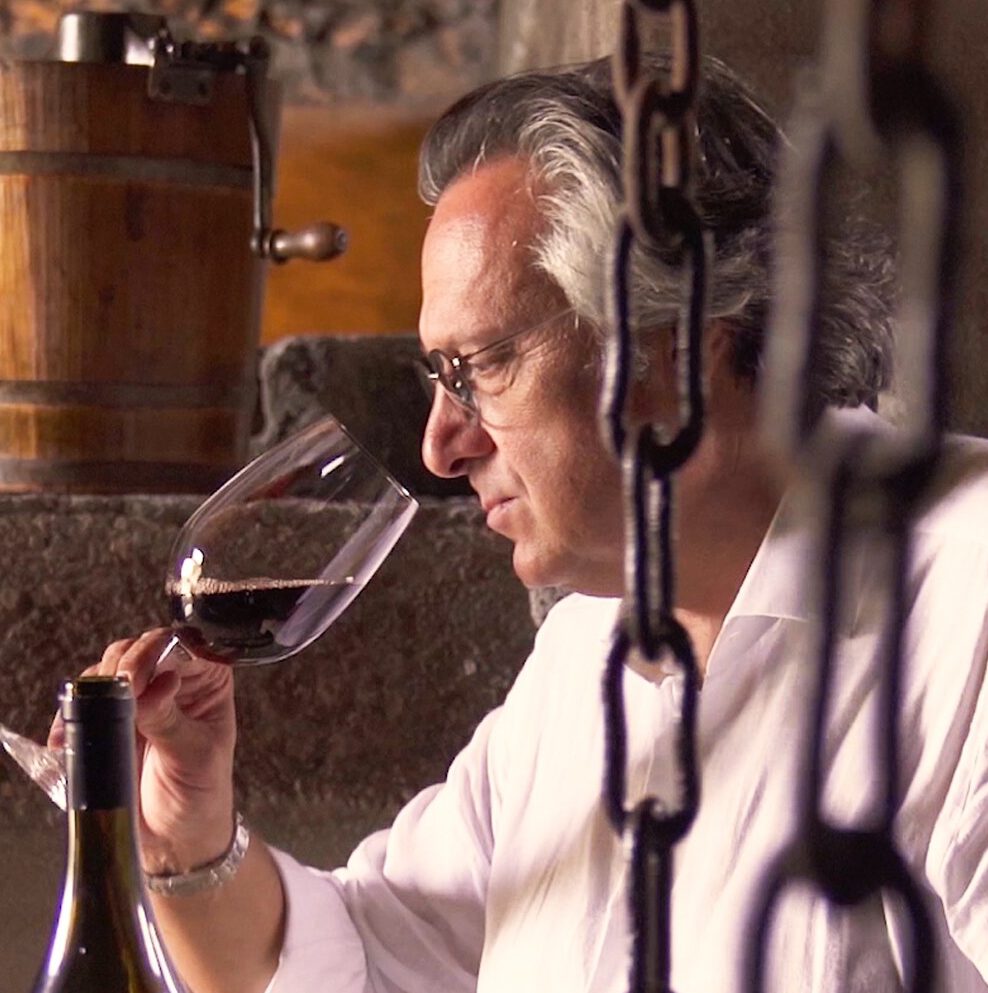
At work with all his senses: Mario Piccini
What fascinates you about this profession?
As I often say, wine is a fluid and dynamic material, a dialogue between past and future. But above all, wine is one of the greatest cultural expressions of our country and therefore closely linked to its territory of origin. Each bottle tells the centuries-old story of its land and celebrates the corner of Italy from which it comes. For this reason, wine is the epitome of the beauty of our land, peppered with immortal masterpieces that still have much to teach us.
What should one pay attention to when tasting the wines? How do beginners recognize the flavor profile, what notes should one pay attention to?
Personality and balance are essential. The wine must preserve in its aromas the characteristics of its area of origin, which is evident in the sensory experience of tasting. The complexity of the bouquet and the strength of the structure are important ingredients for creating a great wine. The flavor profile varies greatly depending on the grapes used, winemaking and aging techniques. Younger wines run the spectrum of fruit, floral and mineral flavors. Aged wines, on the other hand, express spicy, earthy and, if the wine has been aged in barrels, oaky notes that increase the complexity of the wine.

Can you briefly explain to beginners what Riserva, Classico, Superiore and Rossato mean?
The designation Superiore can be used by wines that have a higher alcohol content and are obtained from vineyards with lower yields. This designation is often used to distinguish a wine of higher quality from a normal wine.
The term Riserva can only be used for aged wines, which must have a higher alcohol content and a longer aging period compared to “vintage” wines.
The Classico designation is used for the wines that come from the original, smaller and more quality-oriented wine-growing area, which in the case of Chianti Classico extends over the upper hills between Siena and Florence. These wines are characterized by their elegance, aging potential and wonderful fruity bouquet.
Rossato or Rosé wine: A high-quality rosé wine is usually made from the juice of red grapes, which is fermented after brief contact with the skin. The rosé wine is fresh and pleasantly mineral and captivates with its delicate floral and / or, depending on the grape variety, fruity aromas.
Do you remember your first encounter with wine – that first emotional moment?
I remember clearly my first encounter with wine. I was dazzled by the concert of aromas and flavors when I first brought a glass of wine to my lips. It was a revelation. Since then, I have been pursuing this dream: to reproduce that magical feeling in every bottle.
What is it like at Piccini to pass it on to the next generation? Do you ever have to break old habits to move forward with new ideas?
Our story begins in 1882, when Angiolo Piccini, the forefather of this family tradition, founded a small winery. Since then, five generations have managed the company, keeping the teachings of the previous generation, but always looking to the future with ambition.
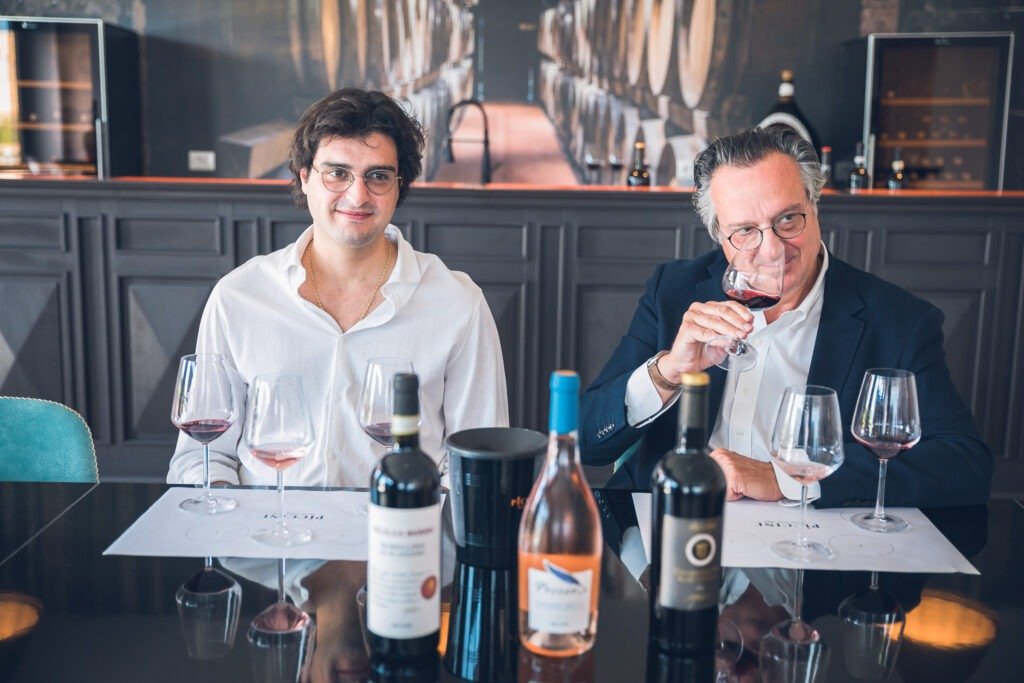
Always following the nose: Mario (right) tasting with son Michelangelo.
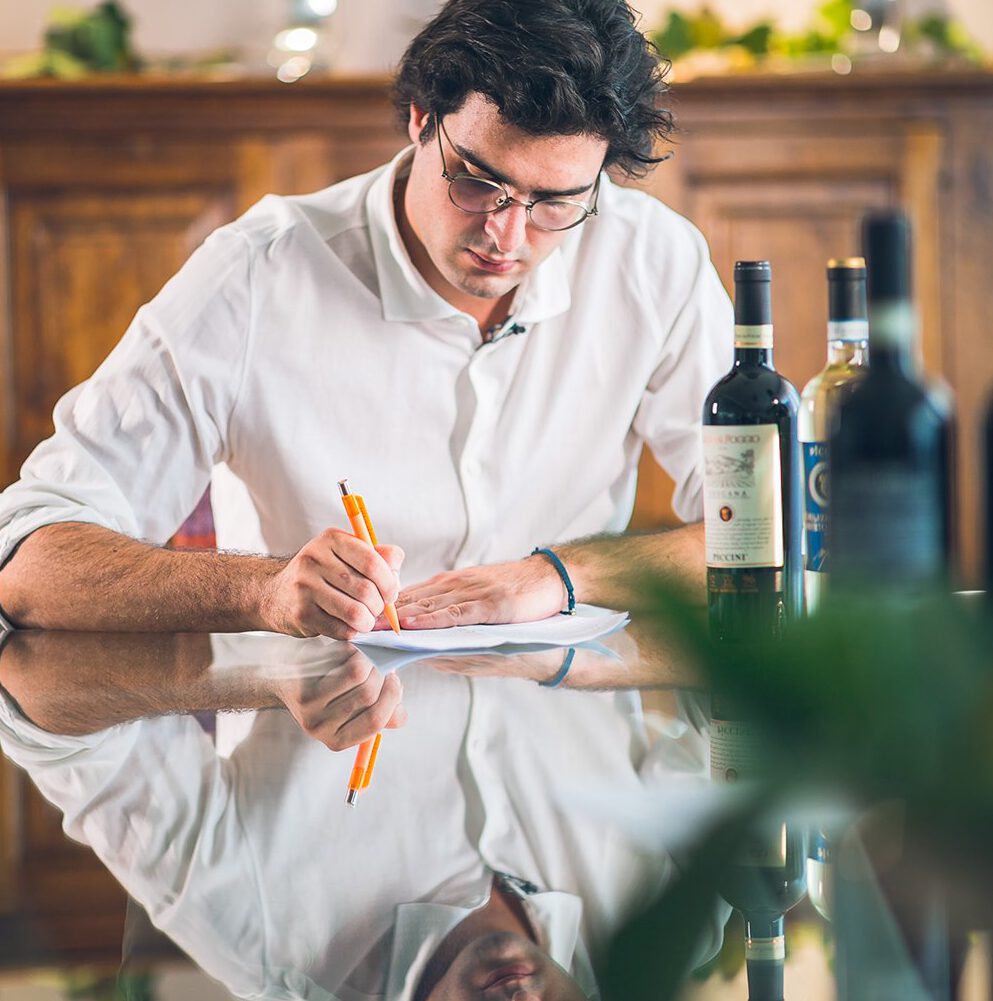
Nice: Even the future generation is still practicing handwriting.
What role does social media play in reaching new customers?
Last year marked a decisive phase in the digital revolution, proposing events and trade shows that took place in the unusual environment of a screen. For this reason, we have strengthened the tools of digital communication to achieve greater proximity to our customers. Every day we entertain our audience with photos and videos that tell about our work and explain the values of our family. We also launched a monthly newsletter and a bi-monthly newspaper to keep our customers up to date with the latest trends in the Piccini world.
Which of your wines should newcomers definitely try? And if you had to compare it to an Italian footballer or fashion designer, which would it be and why?
Our Piccini Brunello is a must: a top wine accessible to all. Each drop celebrates the power of Sangiovese, highlights its area of origin and shows great aging potential. However, its lush profile and soft tannins allow this wine to be enjoyed immediately after its release (4 years after harvest). Its grace is reminiscent of a giant of Italian soccer, Andrea Pirlo, the so-called Maestro, a talent in a class of its own that can transform soccer into art. Precision and elegance instead of power and intensity.
Which of your wines would go well with a father-son evening?
I would recommend our Valiano 6.38 Chianti Classico Gran Selezione, preferably an older vintage. This structured red wine opens slowly in the glass, giving you time to build momentum. It is a meditation wine that spreads the joy of relaxation and lets the words flow gently and freely.
And which one for a romantic dinner?
Scalunera Etna Rosato is the ideal wine for a romantic evening. This wine comes directly from the fascinating land of Sicily, where our Torre Mora winery is located on the flanks of the volcano Etna. The seductive pink reflections of Scalunera Etna Rosato announce its lush freshness that can capture the energy and power of the volcano.
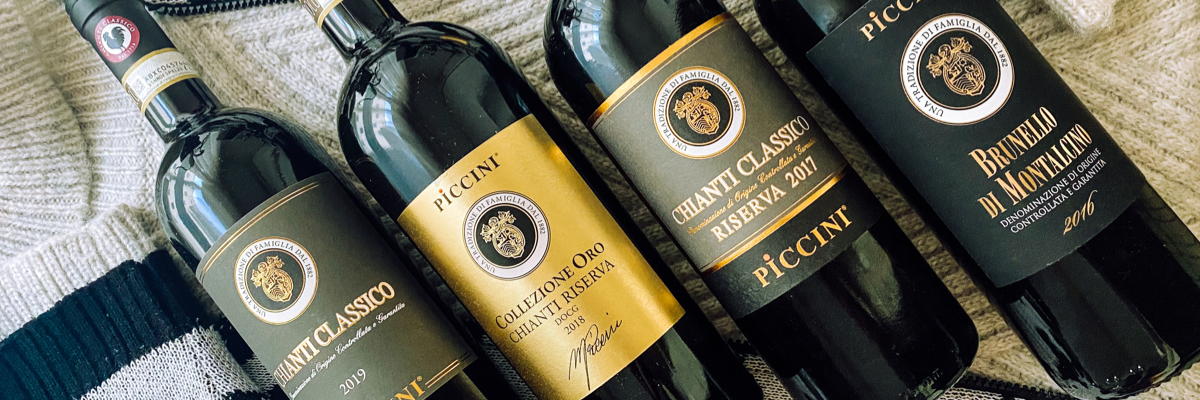

Piccini Quartet in tasting: this is what the Italian adventure tastes like
In the bottle mail were the wines Chianti Classico 2019, Chianti Classico Riserva 2017, Collezione Oro Chianti Riserva 2018 and Brunello di Montalcino 2016. How these taste and why they are super suitable especially for beginners and curious beginners and fun to learn in practice, you read here. The wines are available in more and more German specialty stores and some well-stocked supermarkets, so just keep your eyes open. In terms of price, all the red wines presented are under 15 euros.
Chianti Classico Riserva 2017
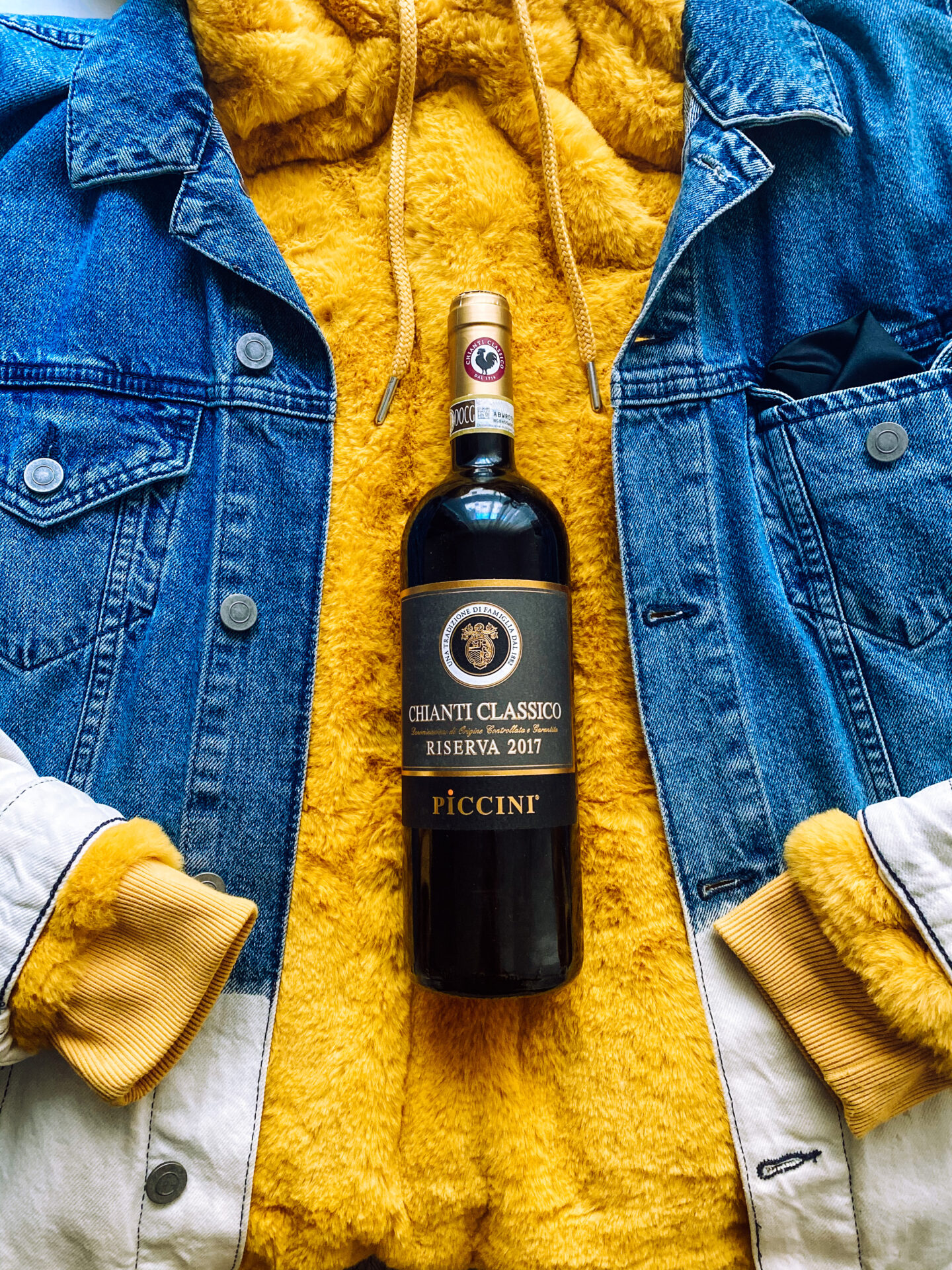
Refined, but with a relaxed touch: this is how the Piccini Chianti Classico Riserva presents itself.
Chianti Classico Riserva smells like cool morning, light mist over the pool in the Italian country villa. The red wine is aged 18 months in tonneau as well as 3 months in bottle, giving it an elegant appearance where you can feel multiple layers. Some Chiantis do like to thin quickly, this one shows that growing on limestone based soil, with a balanced amount of clay and slate, have left their mark. A nice mix of blackberry and raspberry, velvety tailored together, plus a slight spiciness. You don’t always have to bang the big drum to hit the right notes. This can also be done quietly for a fair budget.
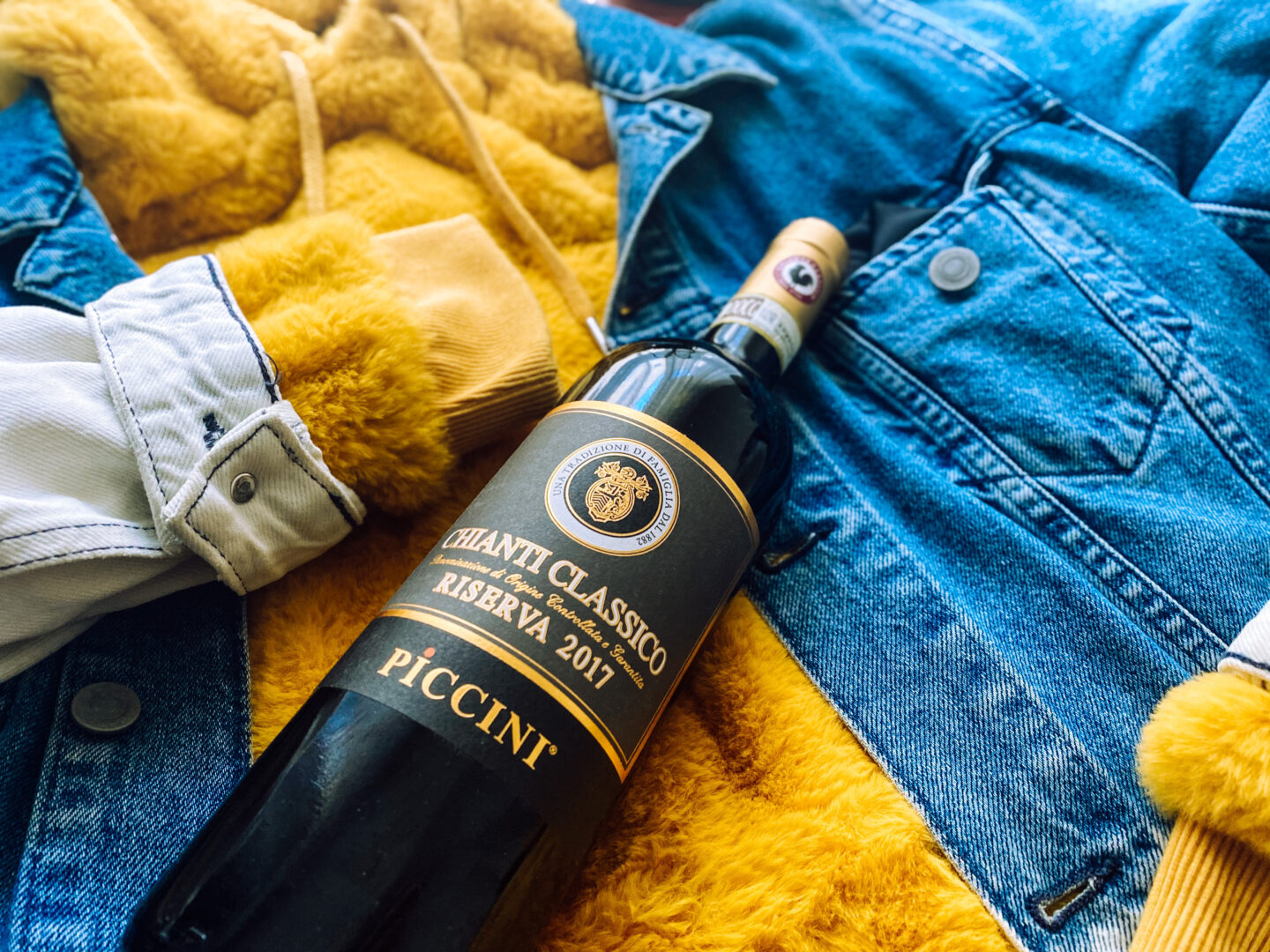
As suitable for everyday use as denim: the Chianti Classico Riserva.
Chianti Classico 2019
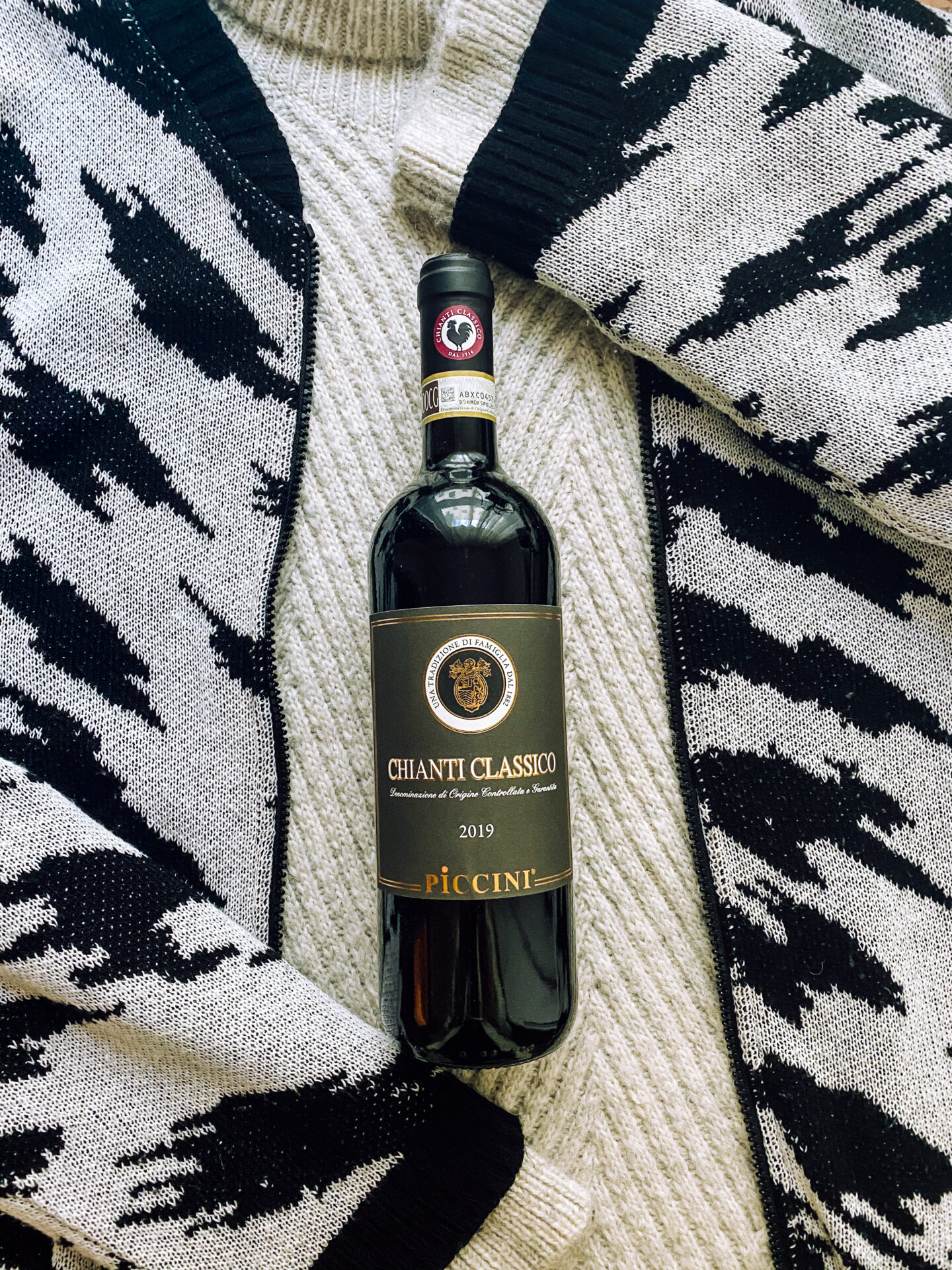
Classic in a new guise: the Piccini Chianti Classico.
A relaxed greeting from Tuscany. Elegant without being obtrusive, the down-to-earth Chianti Classico for around 10 euros serves up liquid flirtations of black and red cherry, with a hint of vanilla – after all, the red wine has been aged for nine months in oak barrels, and that’s all it needs. Everything is translated into a soft, resonant wine language that is a pleasure to listen to. And already gladly still another continuation opens. Shared joy is the best joy, and it does not always have to cost 40 euros upwards to pay off.
Brunello di Montalcino 2016
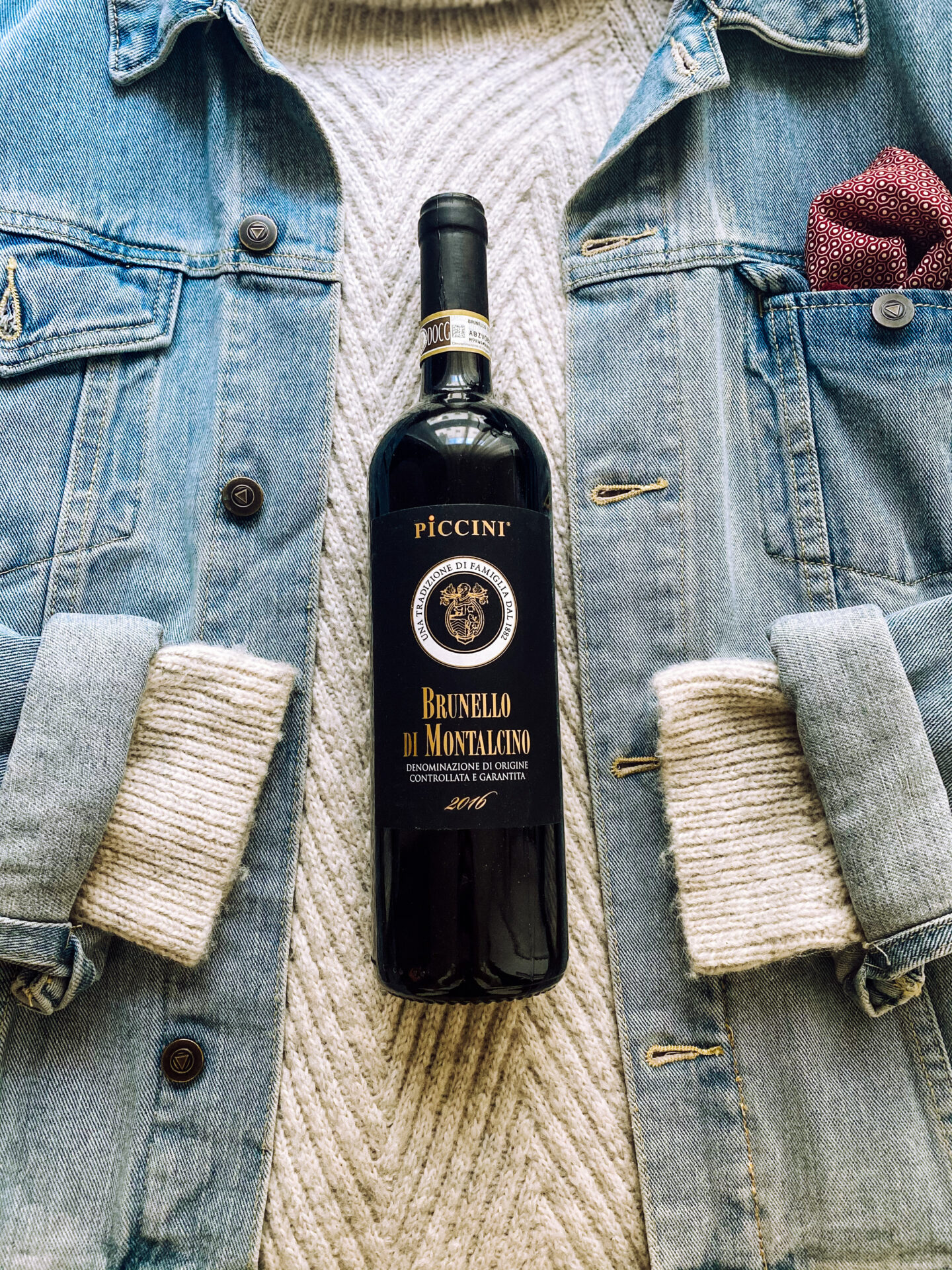
Denim and wine from Italy: you can count on both in every season.
Brunello die Montalcino is such a classic anyway. The Piccini here is also grown on limestone-based soil, with a balanced proportion of clay and slate, which has shaped the spicy, fine basic character very well. The Brunello was allowed to develop for a whole 24 months in oak barrels and barriques, and then to mature for another six months in the bottle. The red wine is correspondingly cultivated, but relies more on accessibility than on closed complexity, which reveals itself only late. Easy, but definitely with finesse, a beautiful fruity red wine with notes of cherry, licorice, and dark berries, with which you can start an evening among friends nice.

A red wine that snuggles into the glass without fuss, and makes uncomplicated mood.
Collezione Oro Chianti Riserva 2018

Piccini Collezione Oro Chianti Riserva is more relaxed grape kick than tricky chess game.
The Piccini Collezione Oro Chianti Riserva 2018 in the golden label dress code can deceive, but he does not want at all. Here, no one wants to let royal airs out of the bottle for under 10 euros, but simply sit down at the table with you and tell you about Italy. Here are velvety-spicy anecdotes of dark berries and vanilla, presented fresh and creamy, with soft tannins, and when I speak of velvety appearance, then one that does not bring you to the brakes when drinking, but casually takes you by the hand while you look in the direction of Italy. Down-to-earth, honest.

Brings its Italian message cleanly to the finish line: the Piccini Collezione Oro Chianti Riserva.

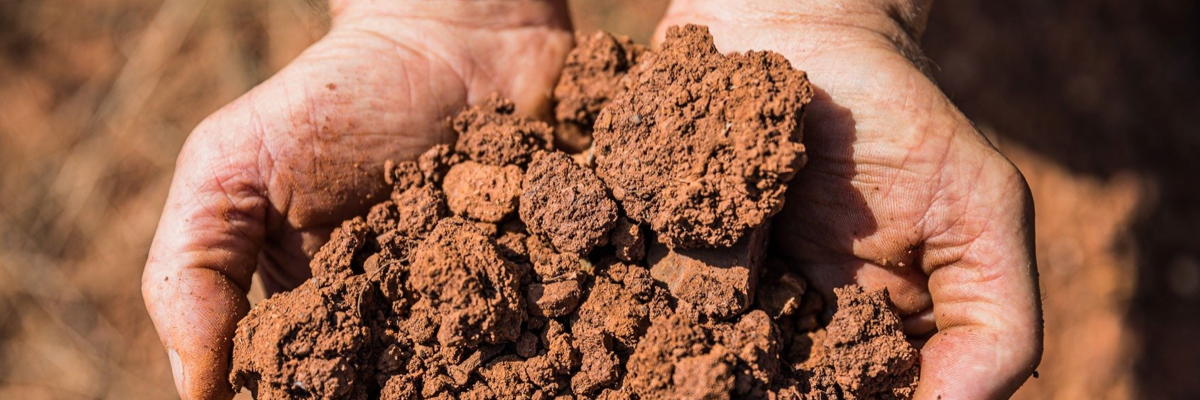
THE 5 WINERYS OF „PICCINI 1882”
Finally, a brief overview of what else is waiting to be discovered in addition to the wines presented here, and how each of the five wineries differ roughly.
FATTORIA DI VALIANO
Fattoria di Valiano, the family home, is located in the heart of the Chianti Classico production area, in the municipality of Castelnuovo Berardenga, very close to Siena. Valiano extends over a total area of 230 hectares, 75 of which are vineyards. The vineyards are cultivated organically and are located at an average altitude of 350 meters above sea level, with a predominantly south-west exposure. The soil is predominantly clay, except for the Cru Poggio Teo, where sandy soils dominate. Each grape is harvested separately by hand, according to position and grape variety.
TENUTA MORAIA
Tenuta Moraia is located in Maremma and has been owned by the family since 2000. The company extends over 170 hectares; 60 of which are planted with the typical grape varieties of the area: Sangiovese and Vermentino, as well as the international varieties Cabernet, Merlot, Syrah, Alicante and Chardonnay. The wines of the company have a modern and precise style, characterized by immediacy, but without renouncing the elegance and typical depth of the great wines of the Tuscan coast. The main objective is to favor the biological cycle of each vine. On the slopes of the valley, the soil is clayey and marly, mixed with oceanic sedimentary rock. The sandy soils intermingle with the sandstones in the lower parts. The gentle to moderate slopes are positioned in a south-east direction at 100 meters above sea level. Highlights of the estate are the refreshing Vermentino or the rosé wine made from the Sangiovese and Syrah.
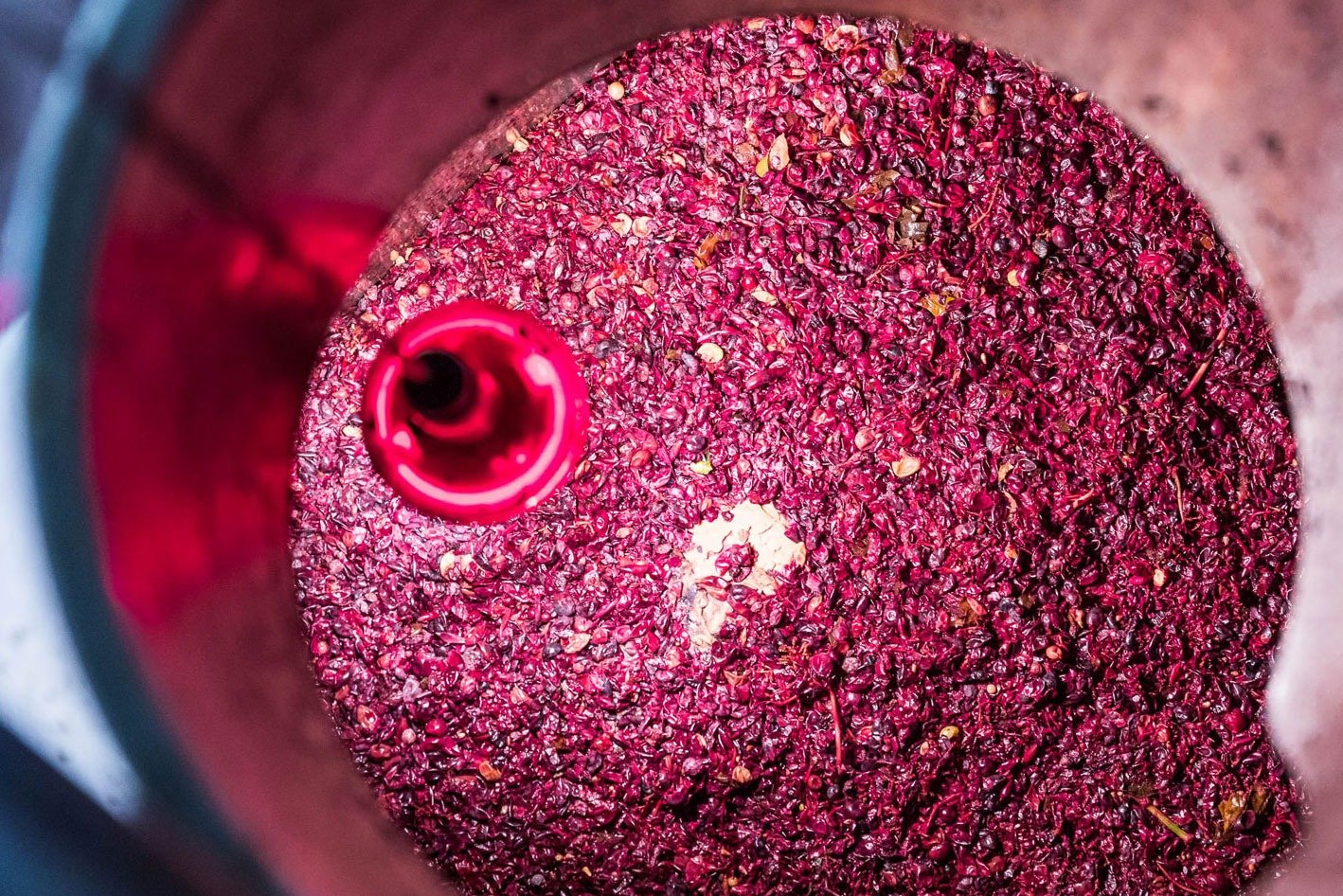
Even the color of the grapes is appetizing.
VILLA AL CORTILE
On the south side of Montalcino extends Villa al Cortile on 12 hectares of vineyards between the area of Montosoli and Lavacchio. In the production of Brunello di Montalcino the company follows the rules of simplicity, balance and moderation. The 12 hectares of the Villa al Cortile winery are divided into two distinct areas: 8 hectares in Montosoli, the northern part of Montalcino and 4 hectares in Lavacchio, on the slopes to the south-west of Montalcino. The vineyards on the north side are oriented in such a way that they are characterized by colder temperatures, which give the grapes a high acidity. The vineyards on the south, on the other hand, are exposed for long periods to the sun and the warm breezes from the coast, which give the grapes freshness, warmth and character. The typical temperature variations of the whole area play an important role, especially in the ripening months, when the sun in the early morning hours takes the coolness of the night. The warm days and cool nights prolong the growing season, giving delicacy and depth of expression to the wine. Focusing on the typical character of Sangiovese remains the main objective of Villa al Cortile. The aging process makes it possible to focus on developing the complexity of the wines and softening the tannins, without compromising the fruity component.
REGIO CANTINA
Among the hills of volcanic origin on the slopes of Monte Vulture in the heart of Basilicata, in Venosa in the province of Potenza, Piccini harvests the Regio Cantina on the slopes of an extinct volcano 15 hectares of vineyards. Here everything revolves around the Aglianico. One interprets the area, remaining faithful to the traditional practices of Basilicata farmers, but always casting a glance at modern methods.
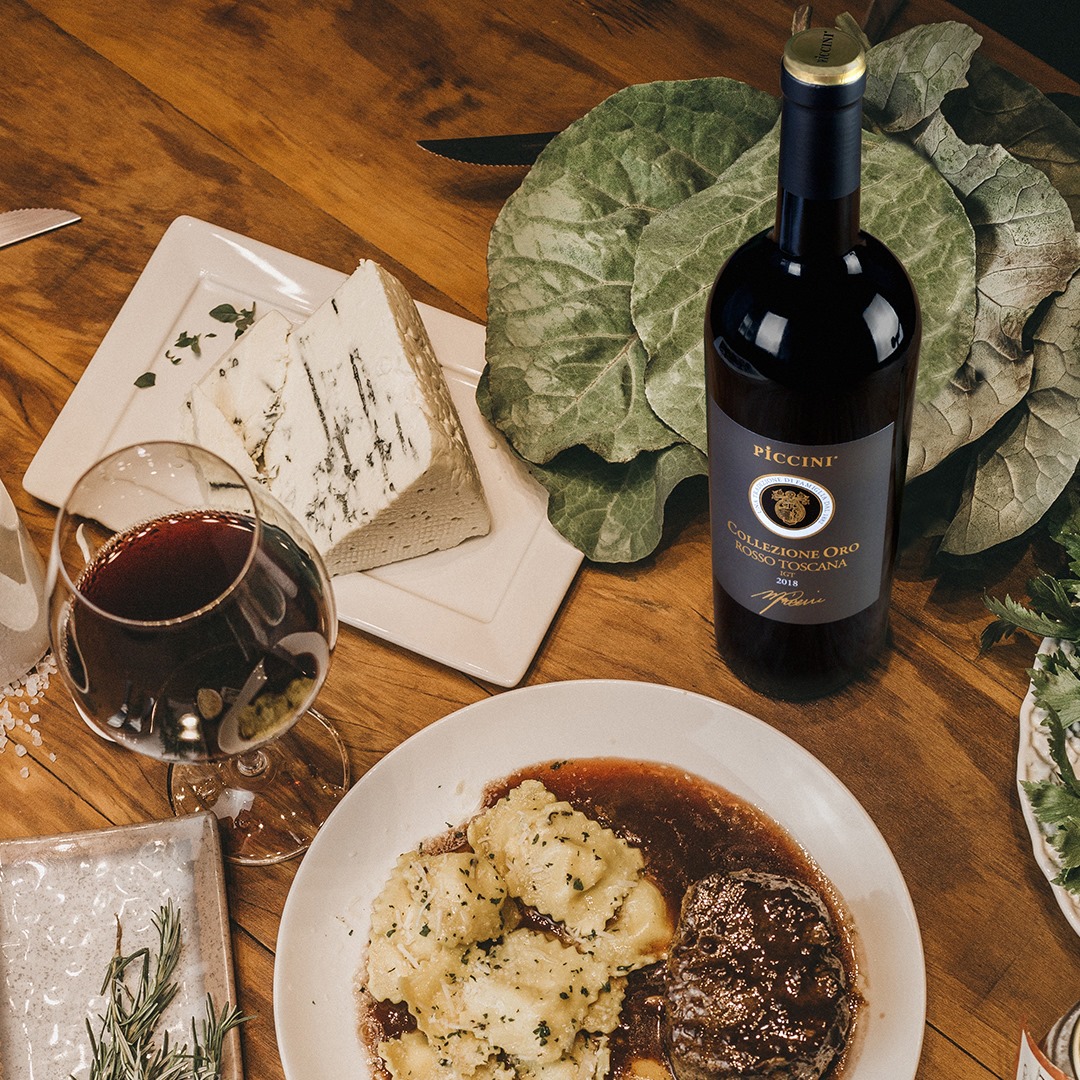
The wines can also play single, but on a date with food and cheese flirting is a tad more interesting.
TORRE MORA
Torre Mora is the winery of the Piccini family on Mount Etna. Organic farming, very dense vineyards and low yields are the conditions that are at the base of the entire production. The three vineyards owned by the family are located in the area Contrada Dafara Galluzzo in Rovittello, in the area Contrada Alboretto Chiuse del Signore in the municipality of Linguaglossa and in the area Contrada Moscamento in Rovittello. Torre Mora is a small winery dedicated to organic and sustainable viticulture, traditional methods, the particular characteristics of the grape variety and the culture of the area. This area is characterized by some unique features that together create a complex microclimate: A loose and fertile volcanic soil at altitude and a considerable temperature variation during the day. A place characterized by its special relationship with the typical grape varieties of the area: Nerello Mascalese, main grape variety of the volcanic slopes, Nerello Cappuccio, which completes the grape blend for the production of Etna DOC, and the light grape variety Carricante, protagonist of Etna Bianco DOC.
*This post was written with tasting samples from the winery, but as always reflects my honest and objective opinion.